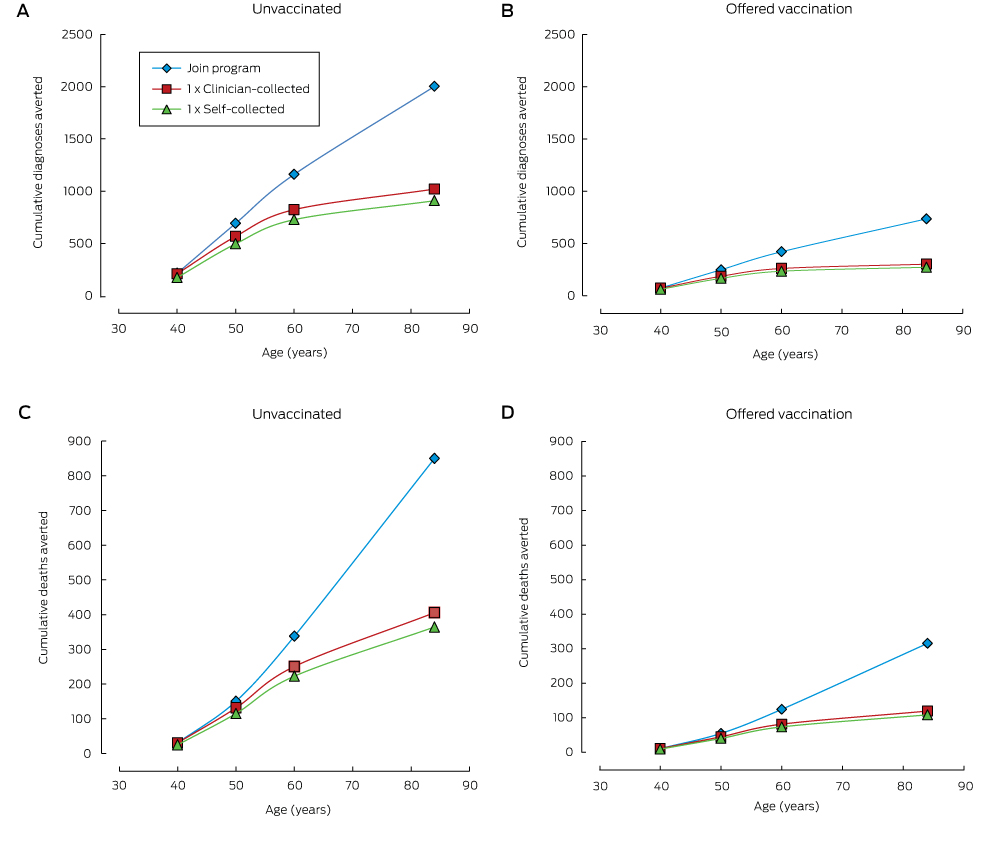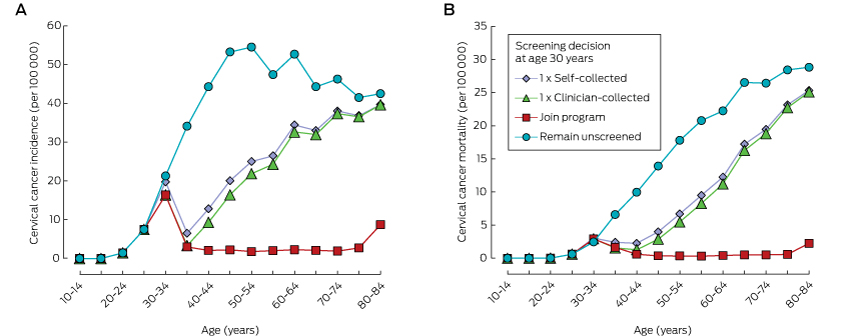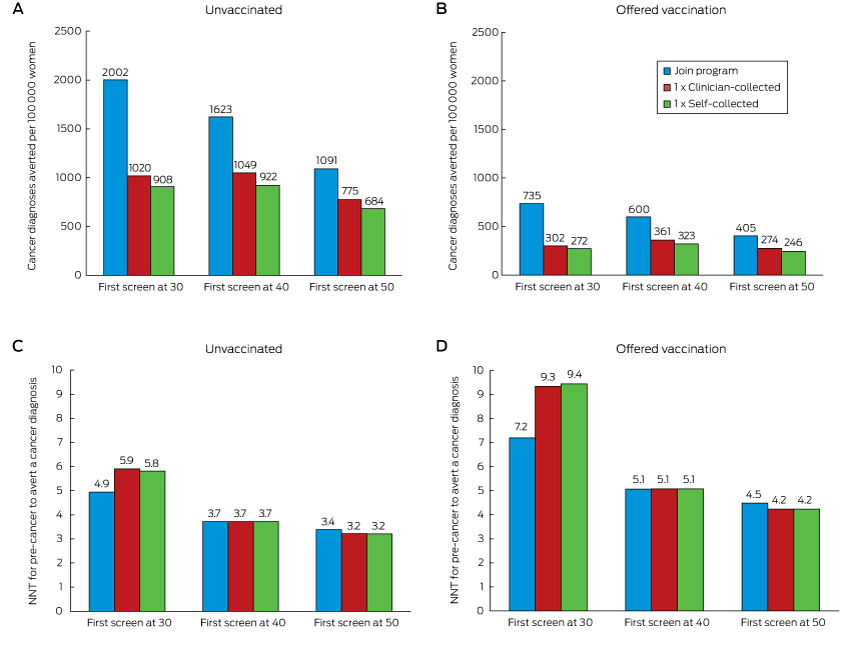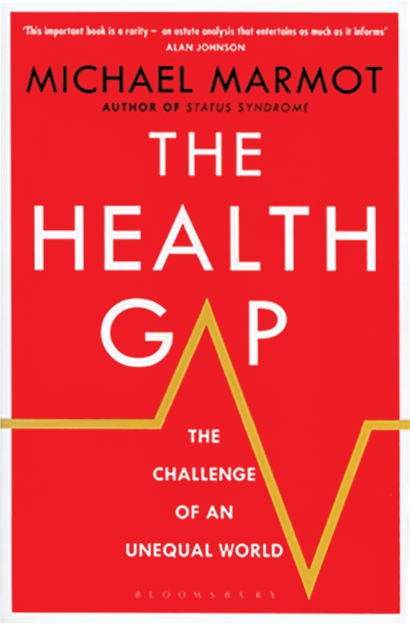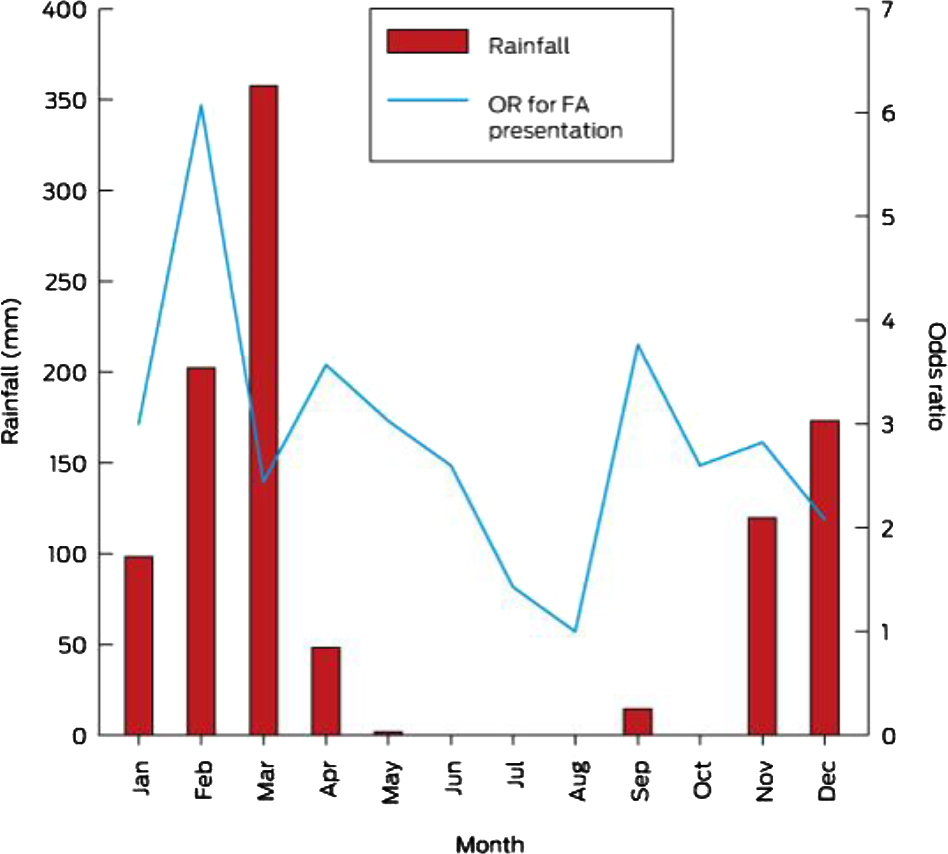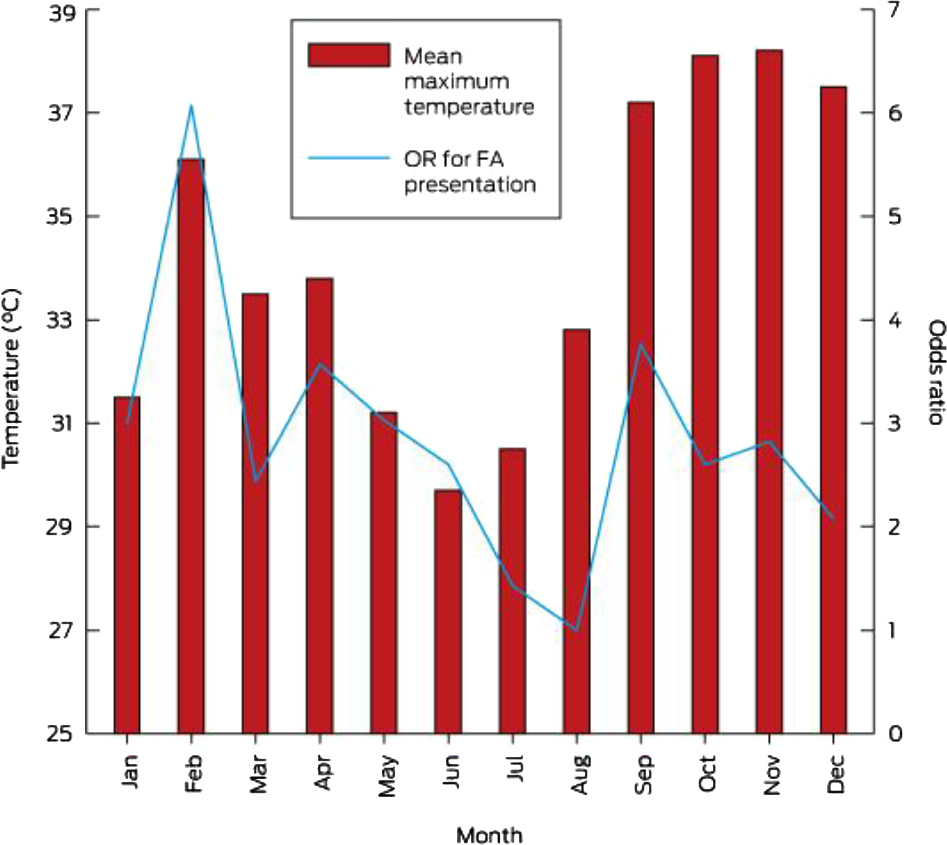One of six priorities set by the Australian Government is for Primary Health Networks (PHNs) to focus on the health of Aboriginal and Torres Strait Islander peoples.1 Announced in the 2014–15 federal Budget, PHNs aim to coordinate primary health care provision especially for those at risk of poor health outcomes. There are 31 PHNs across Australia with several formed from consortia of Local Hospital Networks (LHNs). Operational and flexible funding of up to $842 million was committed for PHNs over 3 years from 2015–16.2 It is timely for PHNs to consider how they will improve health care coordination in partnership with Aboriginal and Torres Strait Islander communities in their respective regions.
Efforts to reduce the high hospitalisation rates of Aboriginal and Torres Strait Islander (hereafter referred to as Aboriginal) people will require PHNs to build formal participatory structures to support best practice service models. Comprehensive primary health care can then be shaped by the needs of the community rather than by ad hoc factors or reactions to financial incentives and health care funding arrangements.3,4 Collaborations with Aboriginal community controlled health services (ACCHSs) within PHN regions have been recommended.5,6
This article outlines how PHNs might support health services to systematically and strategically improve their responsiveness to Aboriginal people within their boundaries according to ten proposals. These best practice models and examples can assist PHNs to adapt their strategic plans to optimally respond to this priority.
1. Collaborate with ACCHSs
ACCHSs are authorities on comprehensive primary health care matters at the local level4,7 and do much more than just cure illness.8 As authentic representational advocates, they can guide PHN responsiveness to Aboriginal health issues and, with more than 150 services across Australia, there are ACCHSs within the regional boundaries of every PHN.
The predecessors of PHNs — the Medicare Locals — were expected to engage with ACCHSs for many Closing the Gap initiatives, such as the Indigenous Chronic Disease Package (ICDP), from 2008.9 Where meaningful partnerships between ACCHSs and Medicare Locals were established in the delivery of these programs, health outcomes for Aboriginal people substantially improved (Box 1).10
2. Establish an Aboriginal and Torres Strait Islander steering committee
PHNs can foster meaningful Aboriginal community engagement by establishing an Aboriginal and Torres Strait Islander steering committee (and Aboriginal representation on the PHN board) with membership led by ACCHSs representatives inclusive of other Aboriginal health service organisations. Similar partnership forums established between the ACCHS, general practice sectors, and state and territory governments have set Aboriginal health priorities at the jurisdictional and regional level for decades.11 The steering committee aims might be modelled on current partnerships between the LHN and ACCHSs (Appendix 1) to develop a strategic plan across the life course.
3. Establish formal agreements to support the strategic plan
PHNs should aim for partnerships to reorient health services from reactionary care to comprehensive primary health care. For example, in remote Western Australia, a partnership agreement between an ACCHS and state government health services was associated with a reversal of the increasing trend in hospital emergency department attendances among other substantial health improvements in only 6 years (Box 2).12
Partnership agreements between PHNs, ACCHSs and other agencies should support Aboriginal leadership, quality care, accountability and patient-centredness, and should be formalised from non-binding memoranda of understanding to binding contracts (Box 1 and Box 2) to support a long term vision for core activity that is flexible to local priorities.
4. Support health services to assess their systems of care
There are now health system assessment tools specifically adapted to optimise the primary health care of Indigenous Australians based on the Chronic Care Model.13 Over 200 Aboriginal primary health care services have used such tools (Appendix 2). Many ACCHSs self-audit their performance using clinical audit tools for chronic disease, maternal and child health and other health priorities, and undertake generic health systems assessment as part of continuous quality improvement (CQI).14
Health system assessment and audits of actual practice against best practice standards should be used to guide PHN (and LHN where there is conjoint responsibility) priorities to systematically enhance quality care within all primary care services in PHN boundaries. Barriers to and enablers for systems improvement, and gaps in health service responsiveness to Aboriginal health needs, will be clearer. These include improving systems for follow-up of patients, use of electronic registers and recalls, Aboriginal community engagement and leadership, the commitment of workforce and management, service infrastructure, and staff training and support.14,15
5. Embed quality assurance activity within primary health care services
A commitment to CQI is a key strategy for disease prevention (Appendix 3) and the prevention of avoidable hospitalisations (Appendix 4), and should be a universal feature of primary health care services providing care to Aboriginal and Torres Strait Islander peoples.15
A national Aboriginal and Torres Strait Islander CQI framework supported by the Australian Government will shortly be released to guide jurisdictions to assess and deliver better quality primary health care.16 PHNs should endorse and adapt this framework to coordinate efforts and develop CQI implementation plans. For example, most state and territory affiliates of the National Aboriginal Community Controlled Health Organisation provide support to ACCHSs for CQI activities; and in some jurisdictions (Queensland and the Northern Territory), CQI support programs are well developed.14
PHNs will need to engage with existing programs to identify strategies for and barriers to CQI. Supporting CQI within the network boundary will require regional facilitators, trained staff, the coordinated use of shared electronic medical records and use of local information management systems by all providers (including locums and visiting services), regular monitoring of CQI indicators, performance reporting, and agreements on data use, ownership and reporting.14
6. Expand primary health care performance reporting
All primary health care services within each PHN delivering care to Aboriginal people (and especially in receipt of financial grants or incentives specific to Indigenous Australians) should be required to undertake CQI, and to participate in regional or centralised performance reporting which can be disaggregated by Aboriginality. Primary health care performance should be a core responsibility of quality, safety and risk subcommittees of both PHNs and LHNs.3 Aggregated CQI data at PHN levels can identify health service gaps and areas that need to be improved.16
The Australian Government reporting framework for PHNs will include national, local and organisational performance indicators.17 National indicators for PHNs will include primary and community health indicators such as potentially preventable hospitalisations (these will be sourced from existing datasets such as the National Hospital Morbidity Database) not unlike what is currently reported for LHNs. Potentially preventable hospitalisations are an indirect measure of whether people are receiving adequate primary health care. The disproportionately high rate of illness affecting Aboriginal people and their poorer access to primary health care explains higher potentially preventable hospitalisation rates independent of age, sex and remoteness (Appendix 4). Age-standardised potentially preventable hospitalisation rates within PHN boundaries should be disaggregated by Aboriginality and incorporated as a performance indicator within PHN strategic plans.
The selection of local and organisational performance indicators by PHNs should be guided by the Aboriginal steering committee. Benchmarking PHN progress using Aboriginal and Torres Strait Islander national key performance indicators18 should be considered. National key performance indicators serve as both a CQI tool and performance measure in the provision of primary health care to Indigenous Australians. For example, ACCHSs are required to report on 19 key performance indicators through a standardised portal supported by the Australian Government.7 Organisational performance reporting of PHN activity should quantify the allocation of funds towards Aboriginal programs and contractors and identify whether these are ACCHSs or other services.
7. Align and endorse PHN and LHN strategic plans
Commitment to region-specific Aboriginal primary health care strategic plans should be the goal for both PHN and LHN boards so that actions are informed by both and integrated to avoid cross purposes.3 These linkages might be streamlined in regions where PHNs have been established by LHNs. However, it is unclear how many LHNs have established Aboriginal health subcommittees or effective and formalised Aboriginal community engagement mechanisms to facilitate endorsement of strategic plans.
All PHNs are expected to complete baseline needs assessment and strategies to respond to service gaps.19 If these submissions pertain to the Aboriginal and Torres Strait Islander population, they should be accompanied by evidence of endorsement by the Aboriginal representative bodies in their region.
8. Strengthen the primary health care service model
Many visiting health providers can overburden Aboriginal people in remote communities with overlapping and poorly explained services.20 A core priority for PHNs is to review the coordination of care and improve clinical pathways in all geographic regions. PHNs will need to review the efficiency of current services including generalist and specialist outreach if they are to avoid duplication, foster local or residential health services,21 and sustain local CQI systems.
Specialist outreach should complement local health services through a bottom-up approach integrated with primary health care. Specialist outreach services operating independently of existing primary health care services will need review. Service reforms might mean building hub-and-spoke models involving ACCHSs, supporting regional Aboriginal health networks (Box 1), using telehealth adapted for Aboriginal and Torres Strait Islander settings, renegotiating clinical pathways, empowering local outreach coordinators of hospitals to support primary health care models, substituting workforce tasks through nurse and Aboriginal and Torres Strait Islander health practitioners, rural generalists and physician assistants,22 and reorienting health services towards primary health care (Box 2, Appendix 5).
9. Enhance cultural competence of primary health care services
Strategies to merely increase the awareness of non-Indigenous health staff to Aboriginal cultural protocols are often recommended to reduce Aboriginal health disparities, but may not lead to cultural competence.23 Some staff still struggle with how to make services culturally responsive beyond the posting of Aboriginal artwork.20 The ICDP invested in cultural awareness training of over 6000 general practice staff but change in practice was not universally embraced.8,15
Enhancing the cultural competence of health services within PHN boundaries will require strategies best managed by the Aboriginal steering committee and may include subcontracting ACCHSs and expanding their outreach role, person-centred and family-oriented care, fostering a culturally identified workforce that reflects the patient population and health needs, staff training in cultural safety, performance measures for cultural competence, and future planning.
10. Transition primary health care services to Aboriginal community control
PHNs are to be the health “providers of last resort and their decision to directly provide services should require the approval of the Department of Health”.3 Agreement from local ACCHSs in the region should be required if a PHN opts to directly provide health services to Aboriginal communities rather than make purchasing arrangements with existing Aboriginal services (Box 1). ACCHSs should also be supported to choose their involvement in programs within the PHN boundary.
Coalitions of Aboriginal organisations have advised that future funding on Indigenous health programs be prioritised to ACCHSs being better placed to meet Aboriginal health needs with better returns on investment.24 For example, according to the ICDP evaluation, it was unclear whether Closing the Gap measures (such as financial incentives to general practices) increased the provision of services to Aboriginal people who are “hard to reach” or increased their access to primary health care.9,15 For PHNs, it makes sense to direct Aboriginal health strategies to health services with the desire and potential to provide quality care to Aboriginal patients, which is also more cost-effective.15
The Queensland and Northern Territory governments have commenced processes to transition certain health services in remote areas to Aboriginal community control.25,26 The aim is to reform remote area services from doctor-focused, illness-centred, acute hospital-based primary care services to community-engaged, comprehensive, preventive and responsive systems. Policy frameworks propose staged approaches and capacity building of existing ACCHSs. Strategic plans developed by PHNs should consider transitioning health services and responding to existing transition plans26 to ensure alignment with them.
Conclusion
These proposals offer policy makers and PHNs a framework for health service planning within newly established boundaries, and may inform PHN organisational performance reporting on efforts to close the gap in Aboriginal health disparity.
Australians report that our health system is not sufficiently patient focused. Primary care is reactive and episodic, funding structures support providers and not patients, and there is little accountability for health outcomes.4 Through existing and better targeted additional investments, PHNs can offer Aboriginal and Torres Strait Islander people some hope towards reforming access to and quality of primary health care in their localities, but only if programs and systems can better fit in with community needs. To close the gap, PHNs need to support Aboriginal communities towards greater participation in primary health care, ultimately through the expression of community control.
Box 1 –
Example: collaboration between Medicare Locals and Aboriginal community controlled health services
In 2008, to close the gap in Aboriginal health disparity, the Indigenous Chronic Disease Package funded the Care Coordination and Supplementary Services (CCSS) program. The program supports Aboriginal and Torres Strait Islander patients with complex care needs, by coordinating clinical care and providing supplementary funding for allied health, specialists, transport services and medical aids. Implementation required collaborations between Aboriginal and mainstream health services. In South-East Queensland, the Metro North Brisbane Medicare Local (MNBML) was funded to deliver the CCSS program on behalf of four other Medicare Locals in South-East Queensland. A consortium of ACCHSs — the Institute for Urban Indigenous Health (IUIH) — was subcontracted by the MNBML to implement the program in 2013–14. IUIH employed a manager to oversee the program delivered by 20.5 full-time equivalent care coordinators.
The IUIH reported that subcontracting delivered significantly more services to significantly more Indigenous Australians with complex chronic conditions than any other part of the country: “In 2013–14 IUIH and members [ACCHSs] delivered over 57 000 episodes of care via the CCSS Program. The delivery of intensive case management and access to a comprehensive range of specialist and allied health services and medical aides for this population has avoided costly hospital admissions for Government and significantly improved the health and wellbeing of some of our most vulnerable and unwell patients.”10
Box 2 –
Example: a partnership to reorient acute care to comprehensive primary health care
Clinic services in the very remote Fitzroy Valley in Western Australia are delivered by state government health services (Fitzroy Crossing Hospital and the Kimberley Population Health Unit for community health services). Non-clinical health services are delivered by the Aboriginal community controlled health service (Nindilingarri Cultural Health Services) to a population of 3500 (80% Aboriginal). These services comprise healthy lifestyle programs designed around Aboriginal culture. A formal agreement between the agencies was negotiated in 2006 to form a single governance structure to allocate funding, share an e-health record, and coordinate health promotion, cultural safety, acute inpatient care, primary care and specialist care, and population-based screening. Commonwealth funding supported the development of a shared e-health record for quality improvement and additional staff (through the Healthy for Life and Indigenous Chronic Disease programs), and provided Medicare rebates to patients for primary care services delivered at the hospital clinic (an exemption from section 19(2) of the National Health Insurance Act 1973). Medicare billings were reinvested to support this reorientation under the guidance of the partners.
This reorientation enhanced health promotion programs and was associated with a reversal of the increasing trend in emergency department attendances. In the primary care clinic, there was a substantial increase in the number of patients seen, the number of health checks, the detection of risk factors, the proportion of patients with diabetes having care plans, transport provision, cultural security and follow-up attendances in only 6 years.12

 more_vert
more_vert